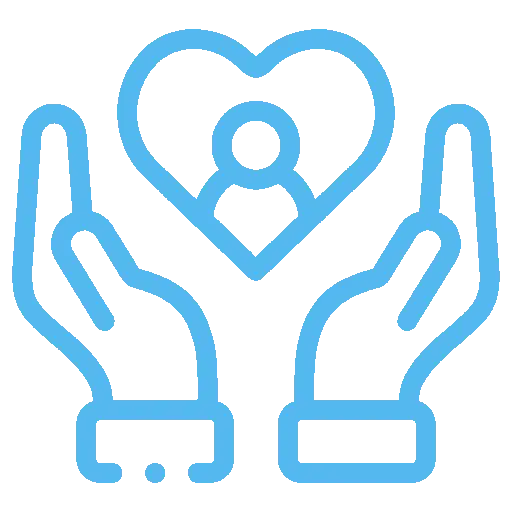Dual Diagnosis Treatment in Bowling Green
Ohio has been significantly impacted by the opioid epidemic, which has led to a high prevalence of substance use disorders and co-occurring disorders in the state. According to the Ohio Department of Mental Health and Addiction Services, approximately 45% of individuals with a substance use disorder also have a mental health disorder. This statistic highlights the need for effective treatment options for dual diagnosis in Ohio.
In Bowling Green, there has been an increase in drug overdose deaths in recent years. In 2018, Wood County, where Bowling Green is located, had a drug overdose death rate of 38.5 per 100,000 people, which is higher than the state average of 39.2 per 100,000 people. This indicates a strong need for comprehensive treatment options for addiction and co-occurring disorders in the area.
There are various treatment options available for individuals with dual diagnosis in Bowling Green and Ohio. These include:
1. Integrated treatment programs: These programs provide simultaneous treatment for both a substance use disorder and a mental health disorder. This approach helps address the underlying causes of both disorders and allows for better management and recovery.
2. Therapeutic interventions: Counseling and therapy, such as cognitive-behavioral therapy (CBT) and dialectical behavior therapy (DBT), are effective in treating both addiction and mental health disorders. These therapies help individuals address their thoughts and behaviors and develop coping mechanisms to manage their symptoms.
3. Medication-assisted treatment (MAT): MAT combines behavioral therapy with medications to treat opioid and alcohol use disorders. This approach can be effective in managing withdrawal symptoms and preventing relapse.
4. Support groups: Support groups, such as Alcoholics Anonymous (AA) and Narcotics Anonymous (NA), can provide individuals with a sense of community and peer support, which can be beneficial for both addiction and mental health recovery.
It is also essential to address the stigma surrounding dual diagnosis in Bowling Green and Ohio. Many individuals with co-occurring disorders may avoid seeking help due to fear of judgment and discrimination. It is crucial to educate the community about dual diagnosis and promote acceptance and understanding.
In conclusion, dual diagnosis is a prevalent issue in Bowling Green and Ohio, and it requires a comprehensive approach to treatment. With the right support and resources, individuals with co-occurring disorders can achieve recovery and lead fulfilling lives. It is important to promote a message of hope and positivity about the treatment options available for dual diagnosis and to encourage individuals to seek help.

